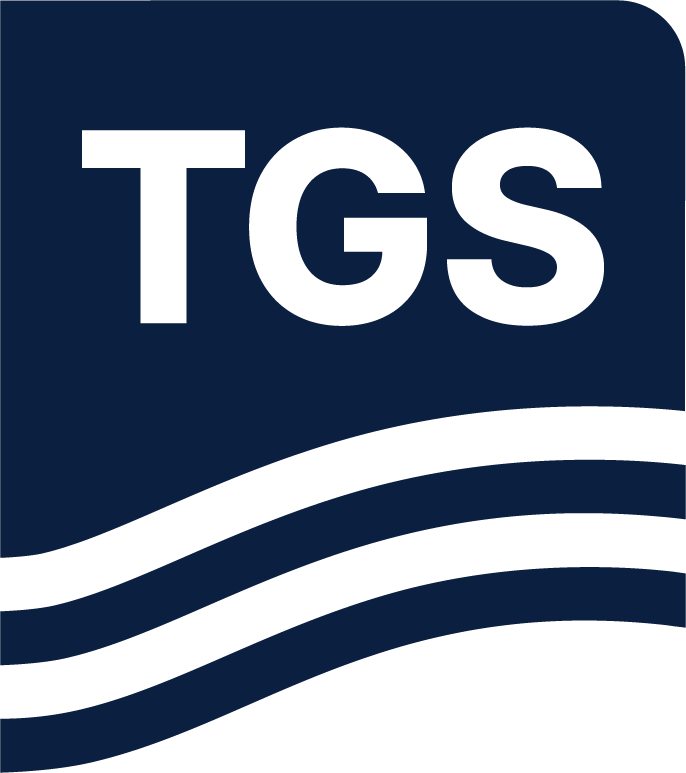Improving Target Resolution Below Heterogeneous Channels
Advanced velocity model building resolves structural uncertainty and improves the amplitudes affected by complex channel systems.

The Location
Location
Côte d'Ivoire, Blocks 602 & 603
Survey Year
2015
Data Deliverables
Kirchhoff PSDM, Velocity Model
Survey Type
3D GeoStreamer
Configuration
10 streamers, 100 m separation
Survey Size
5 000 sq. km
TGS data library offers multiple 3D GeoStreamer surveys and over 12 000 line km of 2D data for Côte d'Ivoire. Our border to border MegaSurvey data coverage (gray outline), provides a detailed geological understanding of the region and an excellent overview of all play types over available acreage. The data in this case study is from within the orange outline and was reprocessed in 2018 using advanced velocity model building tools.

The Challenge
The Challenge
Late Cretaceous (Maastrichtian) and Paleocene channel and canyon systems (yellow ellipses) impact the seismic characterization of older Late Cretaceous prospective channel and fan systems in deepwater Côte d’Ivoire. Intra-channel heterogeneity affects amplitude fidelity and causes uncertainty for the prospective targets in the underlying older channel and fan systems. No wells have been drilled in deepwater Côte d’Ivoire, however with modern regional datasets available, the complex sediment provenance is becoming more understood.
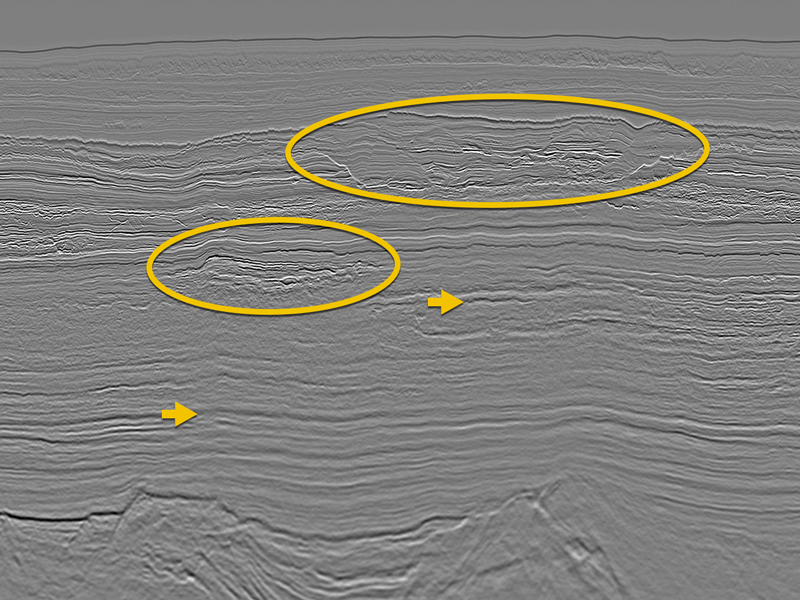

The Solution
Data
3D GeoStreamer
Processing
Full 3D demultiple
Velocity Model Building
FWI and Q-VMB tomography
Migration
Q-Kirchhoff prestack depth
QI
Seismic driven inversion for relative impedance
An integrated visco-acoustic model building sequence, including FWI and Q-VMB, has been adopted to resolve the impact of complex Late Cretaceous and Paleocene channel systems on deeper targets. This approach eliminates the reflectivity imprint, creates an accurate velocity model, eliminates uncertainty in the image and improves the amplitude-fidelity of the dataset.
Attenuation Effects of Canyons Resolved
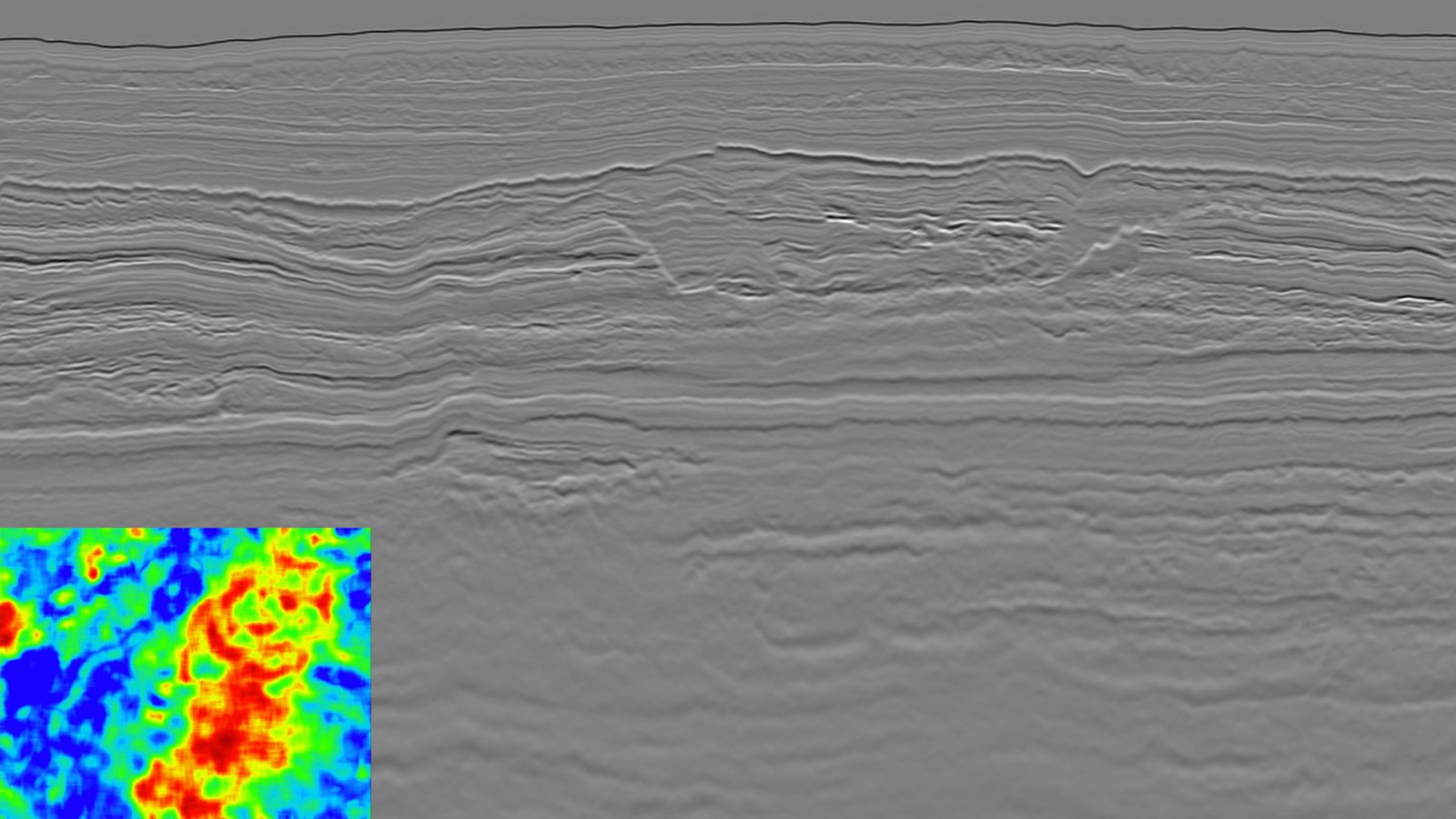
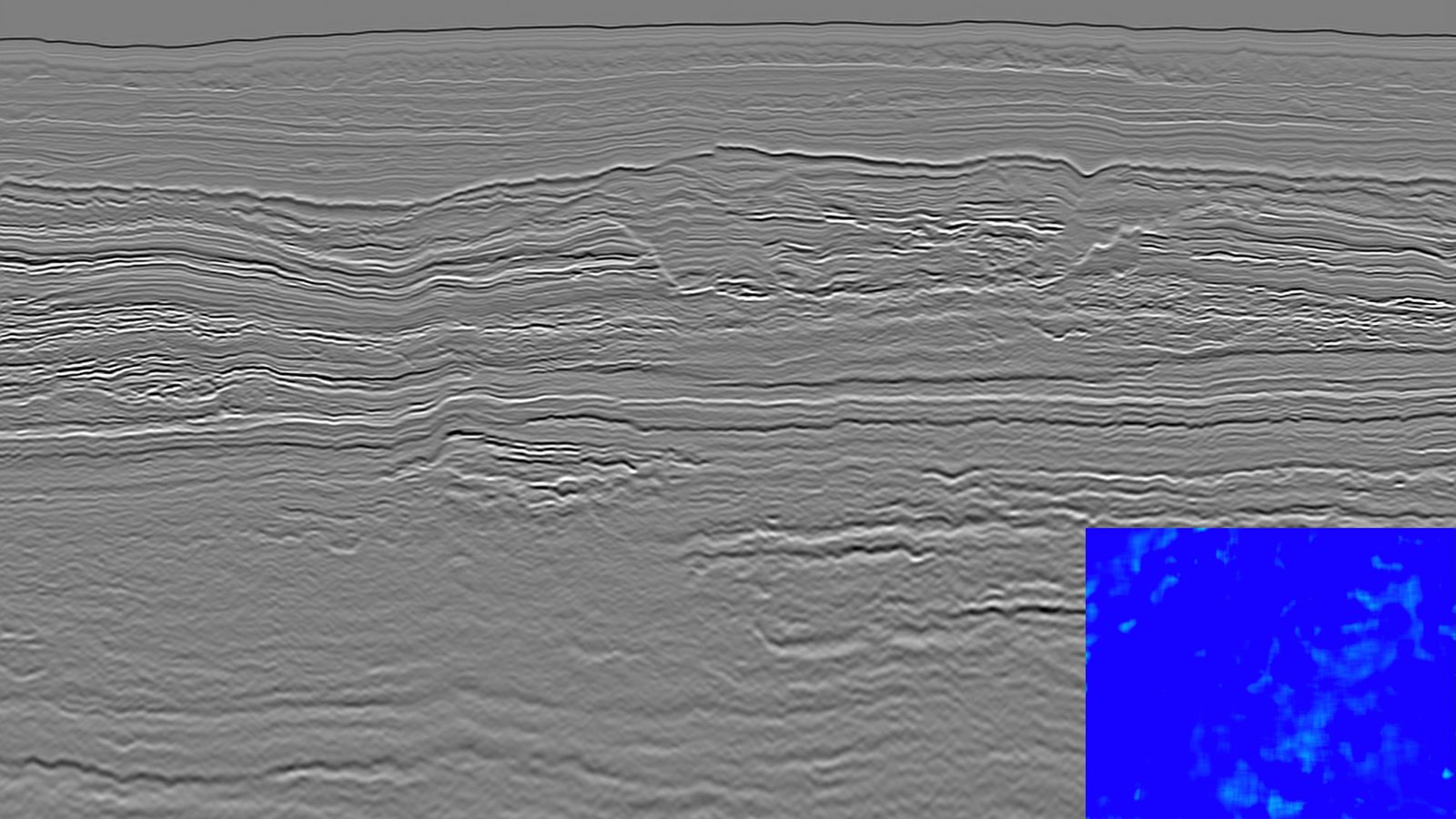

The Results
Solving the Challenges of a Complex Set of Deepwater Channel Systems
The primary objective of this model building flow is to solve the seismic characterization challenges of a complex set of deepwater Maastrichtian and Paleocene channel systems on deeper Cenomanian and Turonian fan systems offshore Côte d’Ivoire. Due to water depth (4 km), acquisition geometry and geological setting, reflection only FWI was used as part of a fully integrated visco-acoustic model building flow. In conjunction with FWI, the Q model was derived tomographically. The resulting Q migration produces a seismic image where the younger Late Cretaceous prospectivity is more readily defined, with less uncertainty and improved amplitude fidelity.
Effective Model Building Improves Continuity of Impedance Data
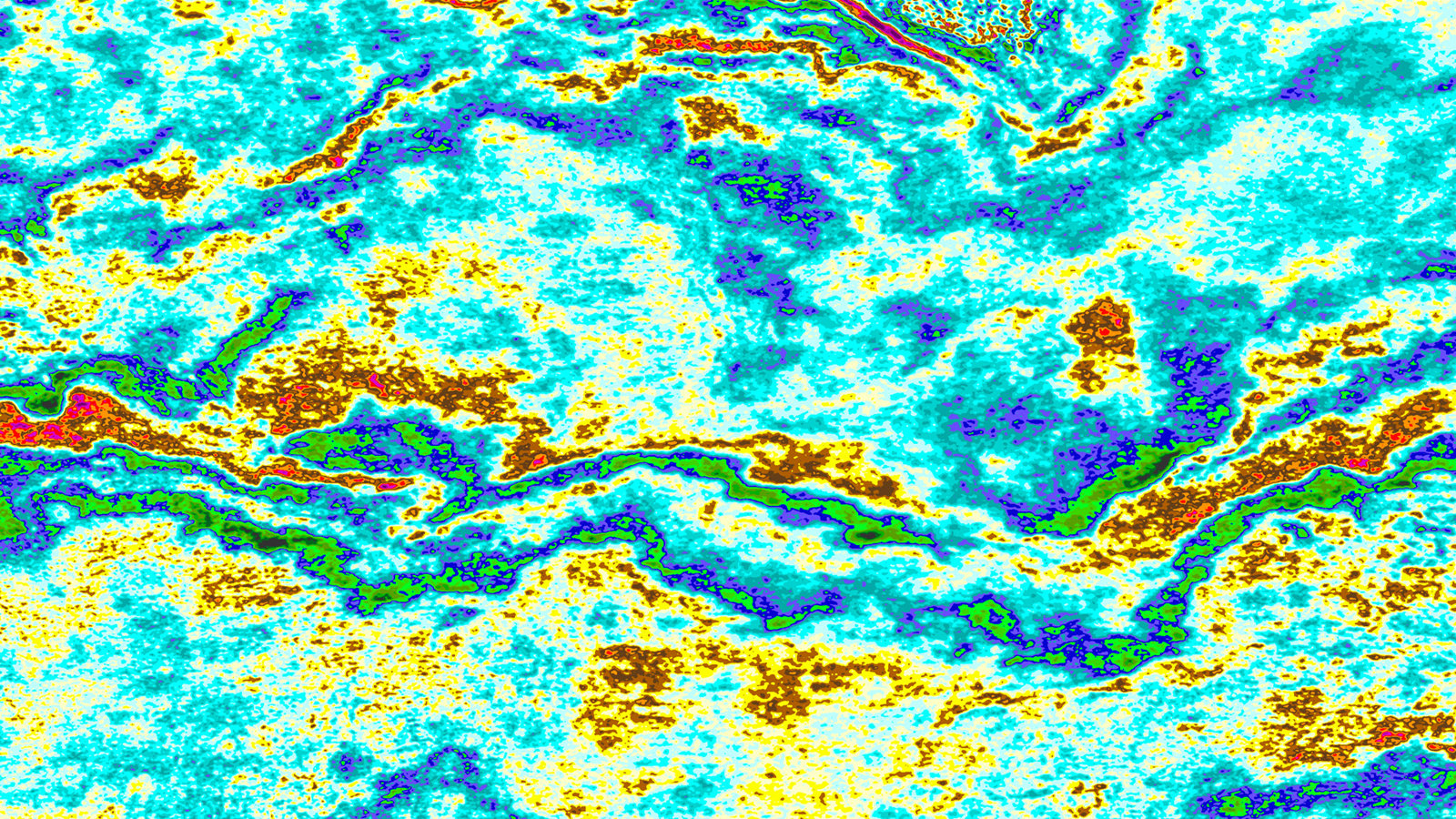
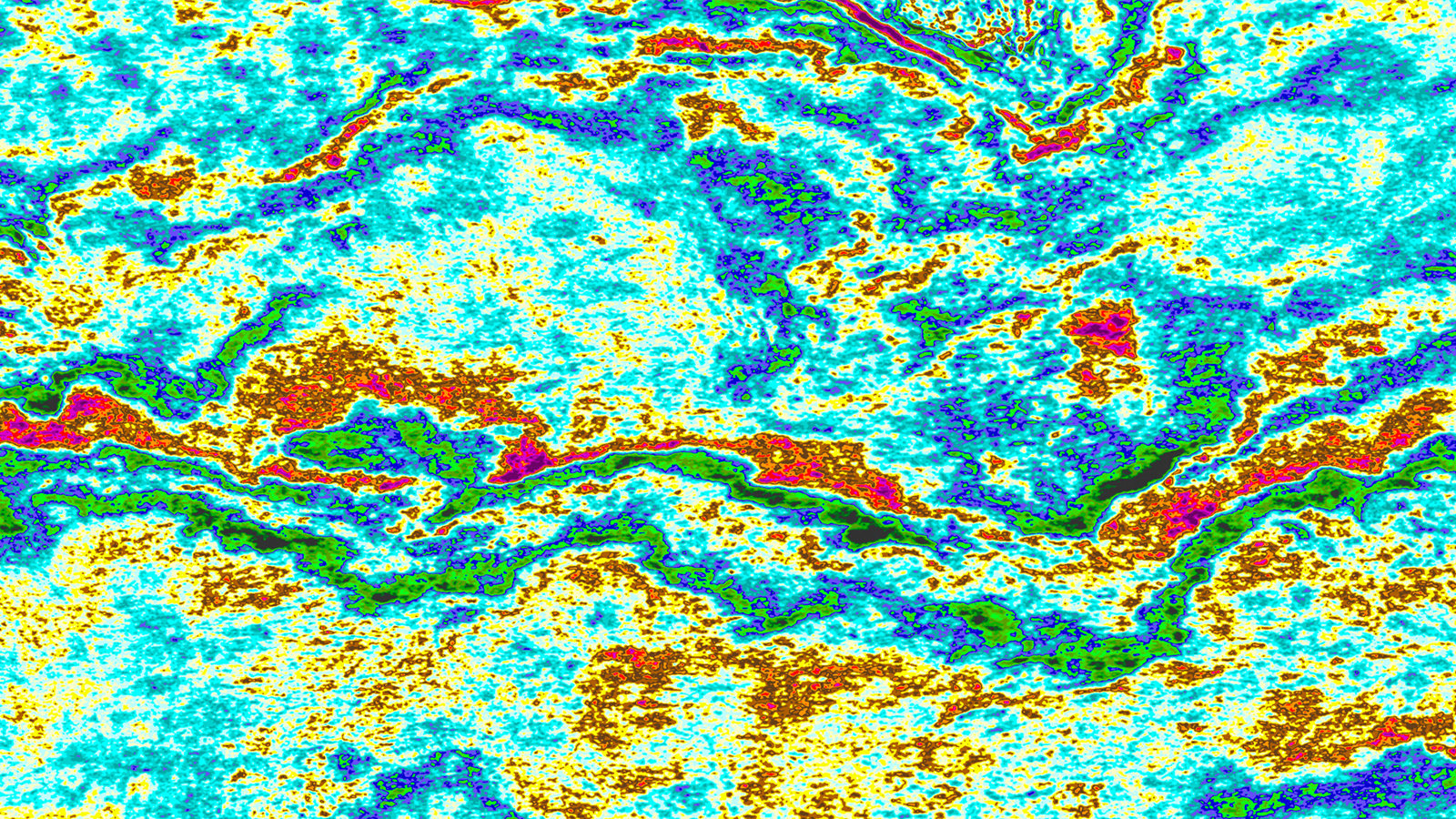
Speak to Our Experts
Get in touch with a TGS representative today to book your demo and learn more about how TGS solutions can support your energy needs.
